Interviews
Discharged from the U.S. Army after Pearl Harbor
I was in the service of the United States Army on December 7 that was the station on Angel Island in San Francisco Bay. And the …but in February, actually on February 14, 1942, I was discharged. I was transferred to the reserve court because I was Japanese. And I had a letter to that effect from the commanding officer, saying that army let Japanese back in together. He would be glad to take me back in. I was very disappointed to be released. Very much so. Some of the Niseis were transferred to inland posts if you remember, but others were released. I was the one among those that were released.
I*: When you released, then where did you go?
Came home.
I: Came home.
Yes.
I: And what was it like when you got home?
My father had just been taken by FBI that day. The very morning that I came home, he was taken by FBI. One of the…what do you call it…enemy alien. Enemy alien status. Taken to the…eventually taken to Missoula, Montana.
I: Was your mother frightened?
Oh, yes. Oh yes. She was pretty much upset. And we had the store still open, even though I wasn’t doing much business. Store was open. I came home to that situation and eventually we sold the store.
* “I” indicates an interviewer (Akemi Kikumura Yano).
Date: December 5, 2005
Location: Oregon, US
Interviewer: Akemi Kikumura Yano, Sojin Kim
Contributed by: Watase Media Arts Center, Japanese American National Museum.
Explore More Videos
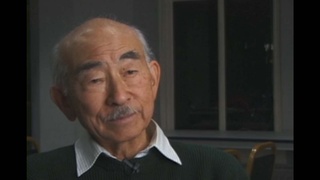
Neighbors' sympathy after Pearl Harbor
(1915 - 2011) Nisei florist who resettled in New York City after WW II. Active in Japanese American civil rights movement
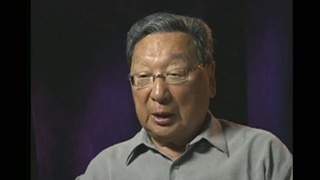
No immediate impact after Pearl Harbor
(b. 1928) Doctor. Former Chair of the Japanese Canadian Redress Foundation.
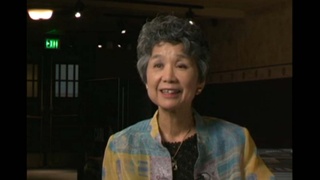
Interest in Japanese migration studies (Japanese)
Tsuda College President, researcher of Nikkei history

Treatment of Japanese fishermen in Canada during World War II
(b. 1928) Doctor. Former Chair of the Japanese Canadian Redress Foundation.

Japanese Canadians get the right to vote in 1949
(b. 1928) Doctor. Former Chair of the Japanese Canadian Redress Foundation.

Japanese newspaper supported by Canadian government during World War II
(b. 1928) Doctor. Former Chair of the Japanese Canadian Redress Foundation.

Memories of my infancy: Japanese 1, Japanese 2… (Spanish)
(b. 1932-2016) Peruvian painter

Mistreating the Japanese community (Spanish)
(b. 1932-2016) Peruvian painter

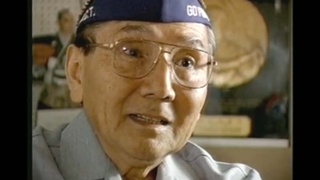
Being ordered to keep a diary that was later confiscated, ostensibly by the FBI
Hawaiian Nisei who served in World War II with the 442nd Regimental Combat Team.
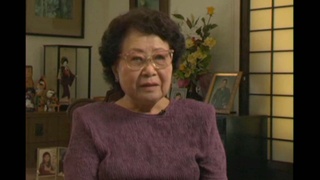
Helping soldiers
An expert researcher and scholar on Japanese immigrant clothing.

Okinawan discrimination
An expert researcher and scholar on Japanese immigrant clothing.
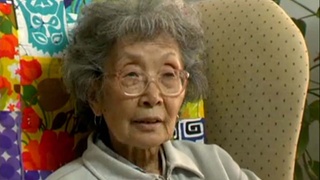
Father as prisoner of war in hospital
(1922–2014) Political and civil rights activist.
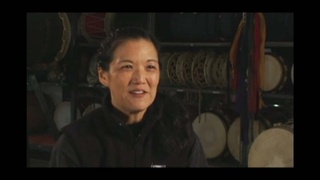
Experiencing discrimination as a child
Co-founder and creative director of San Jose Taiko

Camp as a positive thing
(1922–2014) Political and civil rights activist.
